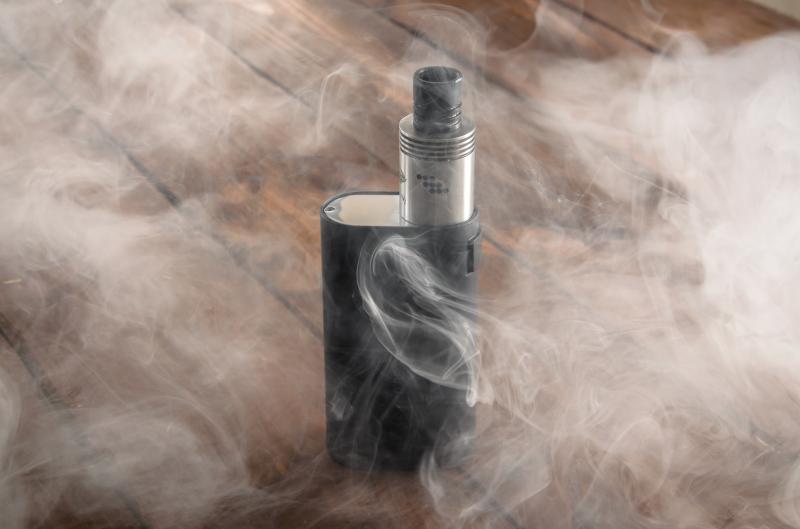 Vaping can help cut rates of smoking, says Reason Foundation think tank
Vaping can help cut rates of smoking, says Reason Foundation think tankVaping nontraditional e-cigarette flavours, such as fruit and candy, supports the habit and may promote more frequent use, according to a new study.
“This study provides new prospective evidence that adolescent use of e-cigarettes in nontraditional flavours may be associated with greater odds of continuing vaping and progression to more frequent vaping patterns,” said researchers.
A total of 478 students (mean age, 16.1±0.4 years; 47.5 percent female) were enrolled and followed for four consecutive waves. Surveys were administered at each wave to collect data on the use of e-cigarette flavours. Participants started vaping at a mean age of 15.3±0.9 years, and majority (52.2 percent) reported using advanced vaporizers or mods. [Pediatrics 2019;doi:10.1542/peds.2019-0789]
Almost all vape exposures across the four survey waves involved the use of nontraditional flavours (93.8 percent; n=739 in 454 unique students); only 49 exposures in 47 students (6.22 percent) qualified for the exclusive use of traditional flavours, such as tobacco, mint or menthol. In the latter group, 23 students reported the use of nontraditional vape flavours on at least one other wave.
Logistic random-effect repeated-measures regression analysis found that the use of nontraditional flavours resulted in greater chances of continuing vs discontinuing the habit in the following 6 months (adjusted odds ratio [OR], 3.76, 95 percent confidence interval [CI], 1.20–10.31).
Similarly, devices with nontraditional flavours led to a significantly higher number of puffs per nicotine vaping episode (adjusted rate ratio [RR], 2.41, 95 percent CI, 1.08–5.92).
Flavour choice, in contrast, did not significantly correlate with the number of vaping days in the past 30 days, device use episodes per day. Flavour-by-time interactions were likewise null, indicating that the influence of vape flavour on measured outcomes did not vary across the different waves.
Notably, researchers also found that peer use of e-cigarettes, the use of advanced personal vaporizing devices, vaping higher nicotine concentrations, dual use of combustible cigarettes and the use of other tobacco products all contributed to vaping behaviours in the following 6 months.
“Although this study’s observational design does not support causal inferences, the results highlight the possibility that regulations that reduce youth exposure to flavoured e-cigarettes may aid in preventing young people who try e-cigarettes from becoming frequent and persistent users,” the researchers said. These policies may also, in effect, encourage vaping cessation among current users.
“Given the health risks associated with frequent and persistent youth use of e-cigarettes, particularly flavoured products, any regulatory policy that effectively limits youth exposure to flavoured e-cigarettes is likely to improve paediatric population health,” they added.